LCD/EVF Live View displays
The X-E1’s rear LCD and electronic
viewfinder share the same display modes and basic settings. The rear LCD also
displays a "state panel", which is useful when shooting with the
optical viewfinder as well as a way of testing the settings with just a glance.
In the P, A and S exposure modes, the
initial display tries to preview your exposure settings to give an idea of how
light or dark the image will become, in M mode, the preview image is always
shown at a standardized brightness. When you half-press the shutter button, the
lens always stops down the selected aperture to preview the image depth, which
can result in a noisy image that can be seen in the EVF, especially in low light.
The viewfinder re-established rate also decreases noticeably when the bright
levels drop down, so while the motion is rendered very smoothly in daylight,
under artificial light at night it can appear definitely jerky.

This
is the simplest viewing angle with the only most basic exposure information
displayed.
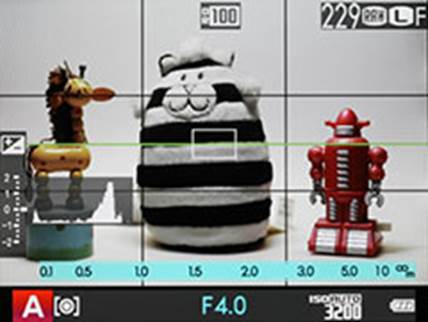
You
can switch to a more detailed viewing angle by using the DISP button. As with
the OVF display, the amount of information displayed here is fully
customizable.

In
the P, A and S modes, the camera diversifies the brightness of the direct
display in an effort to match the final exposure, which is reflected by ranking
directly.

However
in M mode, the preview image is displayed at a fixed brightness, which means
that ranking directly is positively possible to cause misunderstanding.

In
EVF or LCD viewing modes, the selection of focus point expands to a 7x7 grid,
which covers most of the frame.

You
also can change the size of the AF operating region by using the rear rotating
button, with five options available.
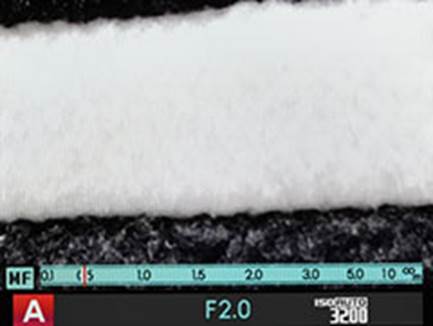
In
the manual focus mode, you can select the rear rotating button to have a
magnified vision, which allows accurate focusing. Rotating the button lets you
choose between 3x and 10x zoom.
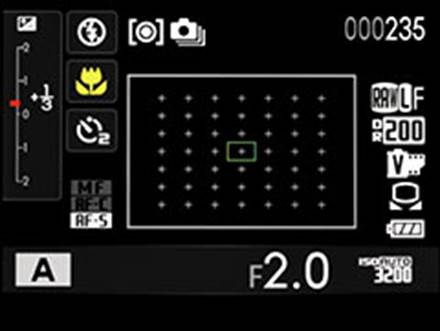
There
is a third option on the rear LCD screen, the status display to check your
settings, which is useful when shooting with the eye level of viewfinder.
However, it only displays the icons when they are changed from the default.
Playback displays
The X-E1 can play back images on the rear
LCD or using the EVF. Both cases almost have the equal vision, so here we’re
presenting the rear versions of LCD.
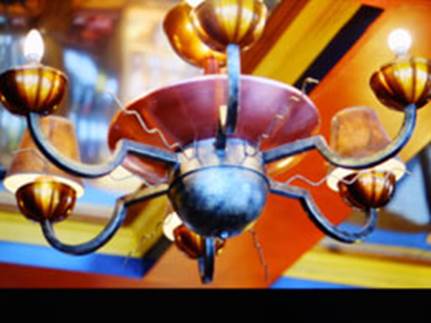
The
“information off" playback display is actually very simple, with a plain
black bar below the image, where the basic exposure information should really
be there.

The
"information open" viewing angle supplements a full array of detailed
exposure information, which is placed on top of the image nearly the same
position as it is currently appeared in directly viewing.

The
"Favorites" viewing angle allows you to assess your images from 0 to
5 stars, and you can then use this assessment to find and select your images.

The
Histogram viewing angle only has brightness – there is no option to display an
RGB version. Blown highlights are expressed as flashing white / black blinkies.
The camera slows down a bit.
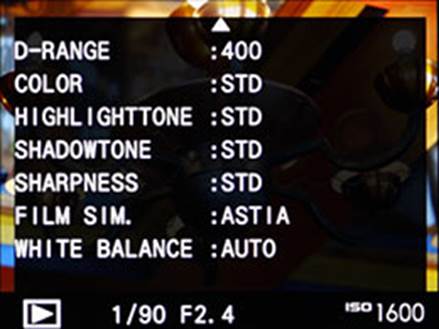
Unusually,
pressing the Up key provides this alternative coating of image information (in
any display modes except Favorites.)

Another
press will show this second page.
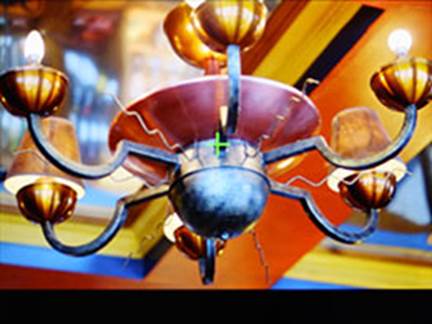
Finally,
another press shows the location of the focus point, but oddly you cannot
click-in to check focus at this interface. If the image was captured using
manual focus, the green plus sign Kas will disappear, at this point this
display appears to be identical to the 'Information Off' interface (while
behaving totally differently)
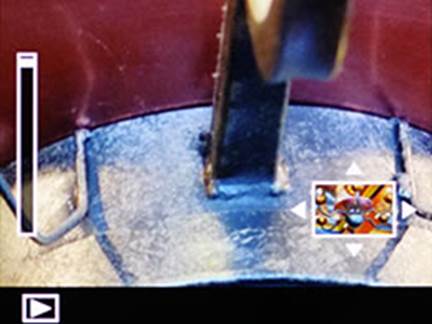
Pressing
the thumb dial zooms to get your selected focus point. You can scroll around
the image using the four-way controller, and zoom out and in using the zooming
buttons on the left side of the camera. Although the maximum zoom is not too
high, only about 6x, and only after shooting the large JPEGs.

After
a few seconds, the magnification scale and navigation icon disappear to offer
this neat display.

But
strangely, when enlarging portrait format images to check focus, the magnified
area is still in a portrait-format box, neatly wasting half of the screen.